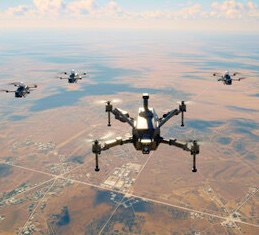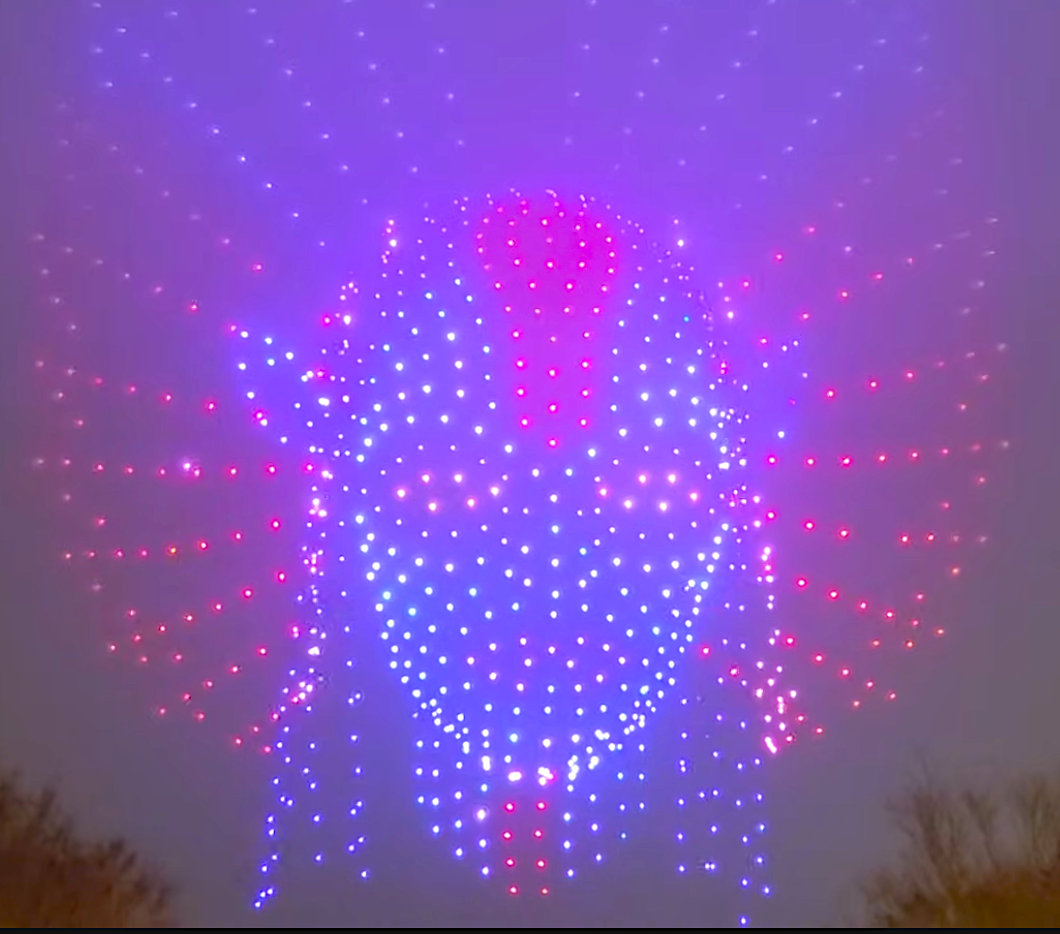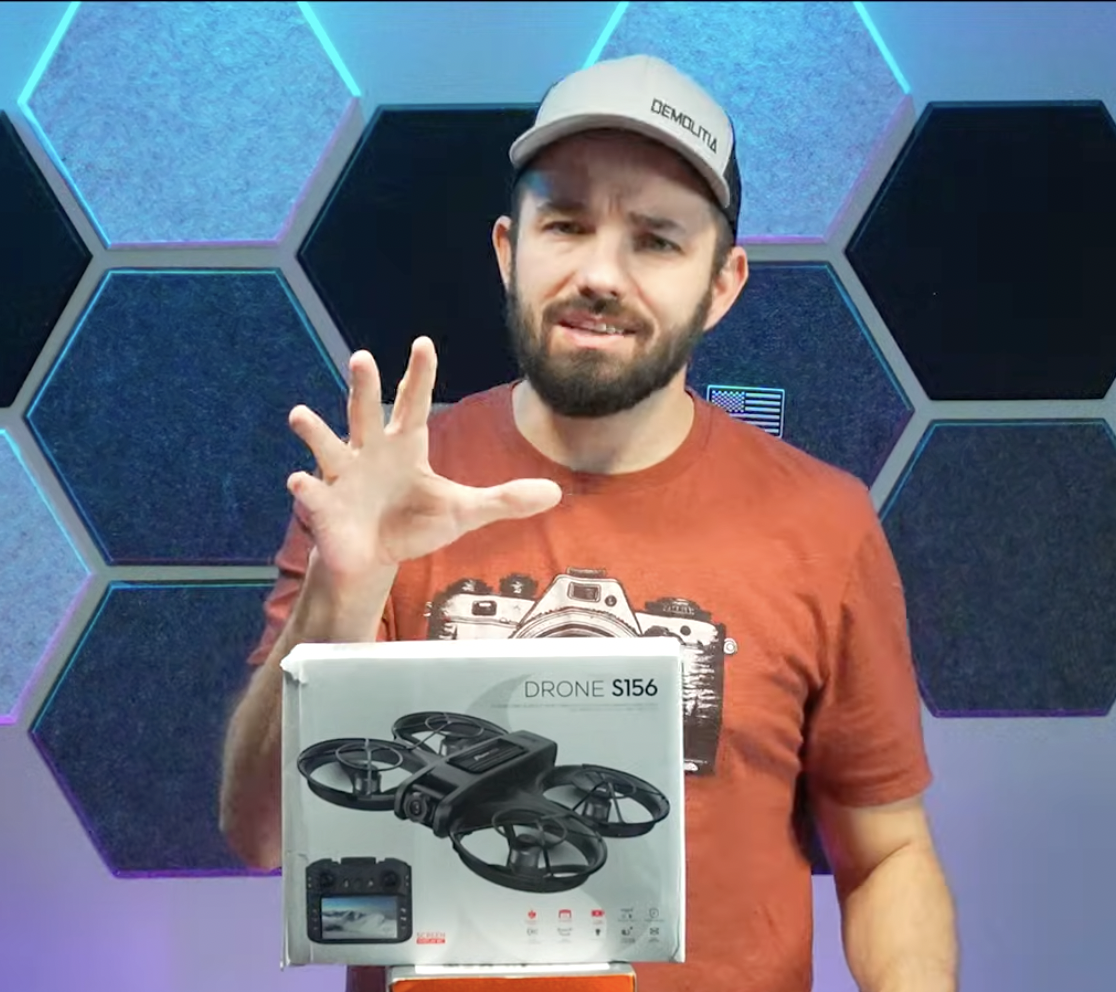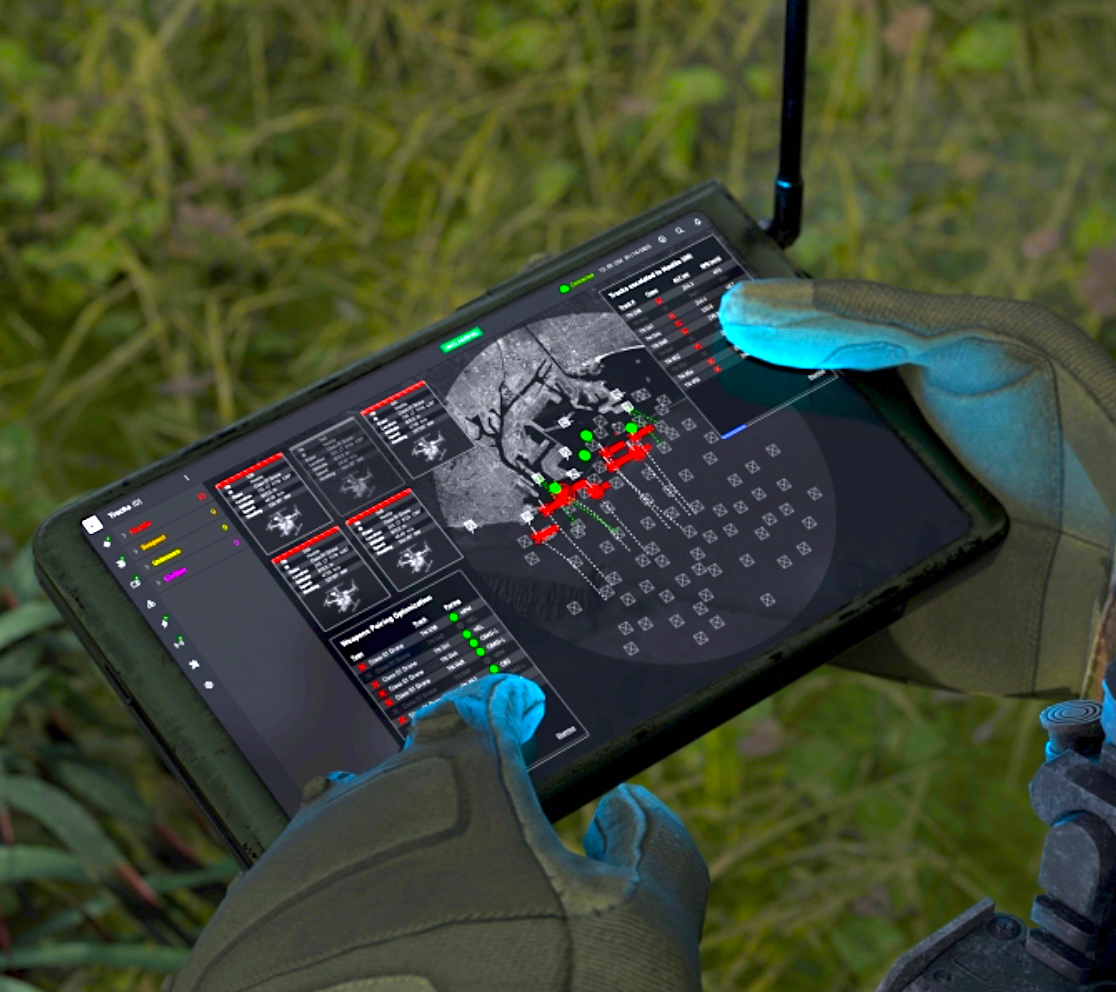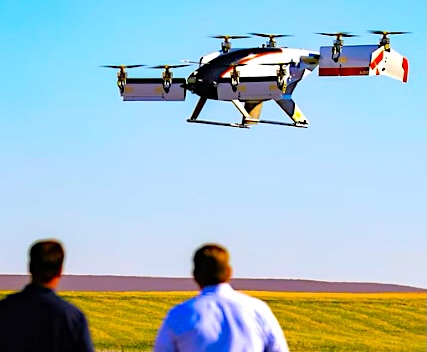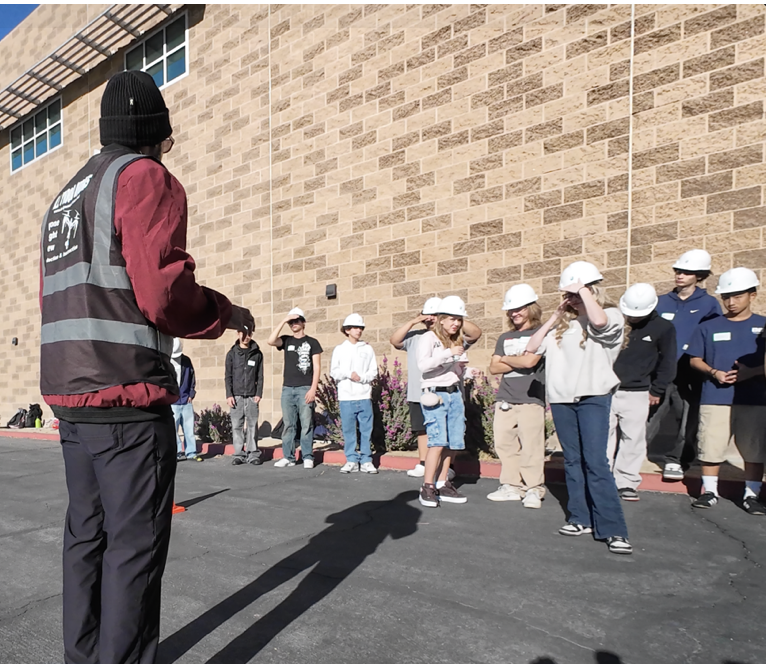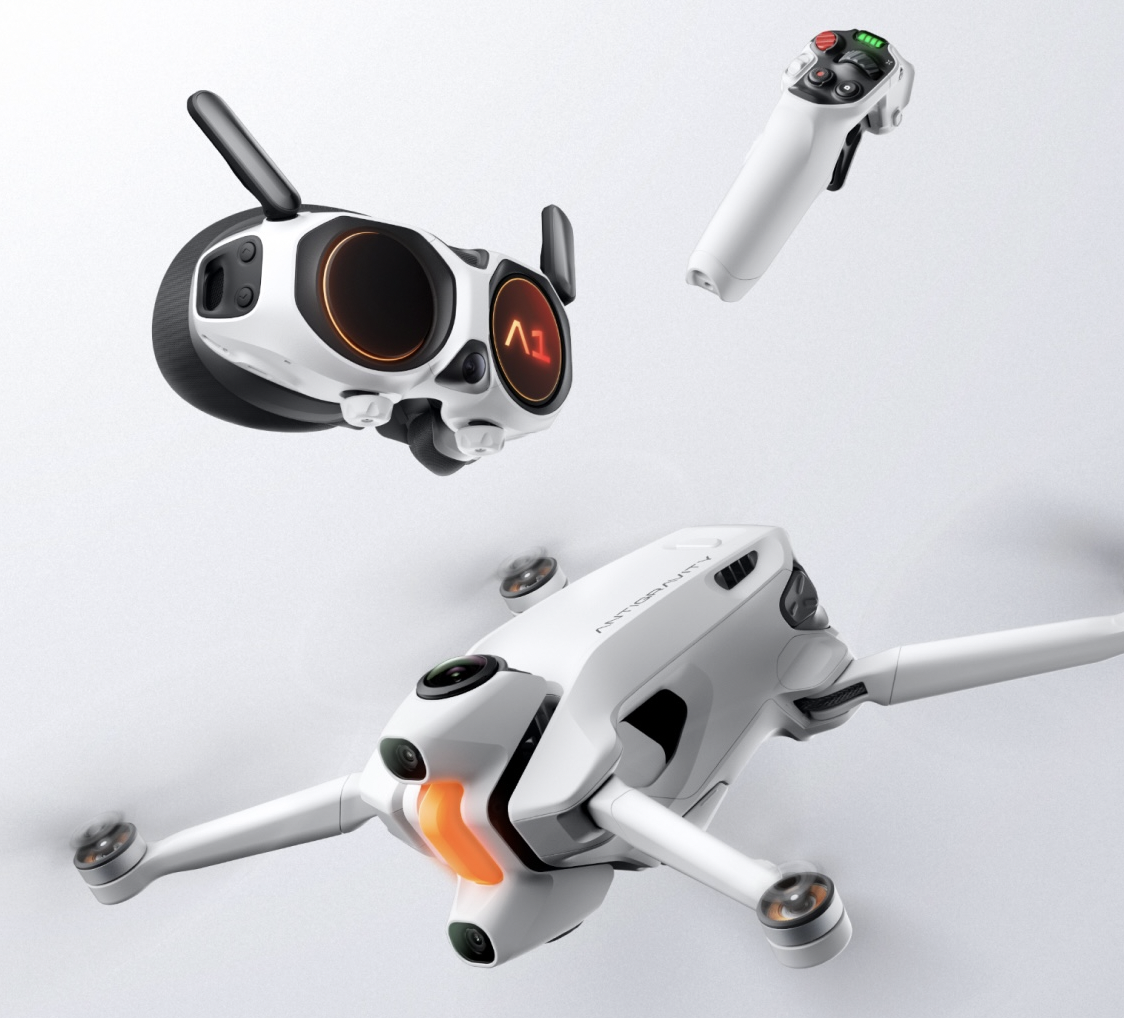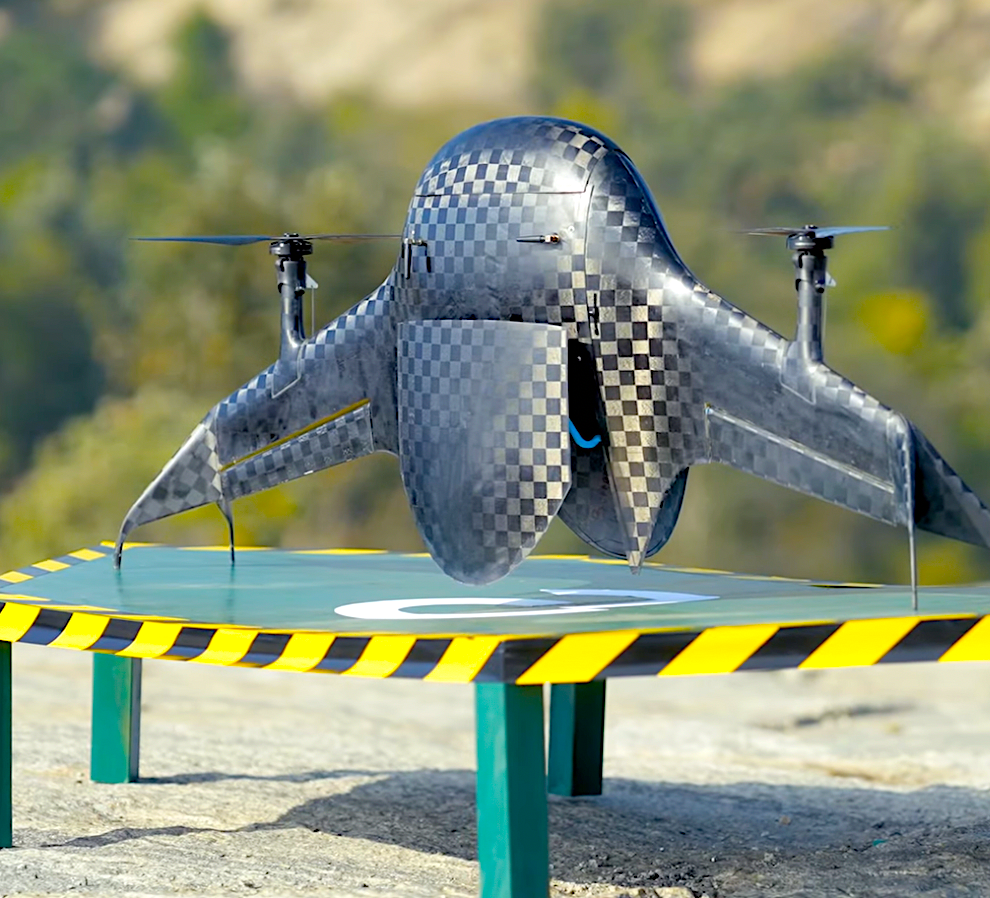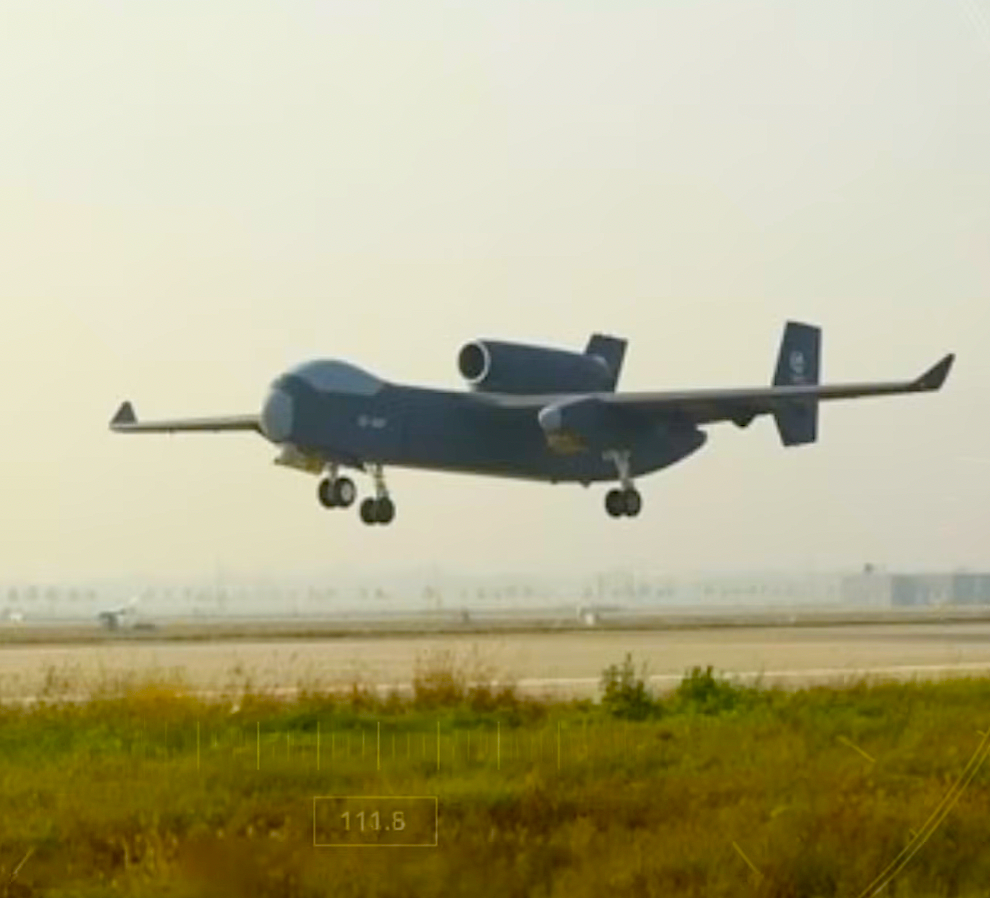Featured NewsEvolving TechCasia G Ground-Based Surveillance System
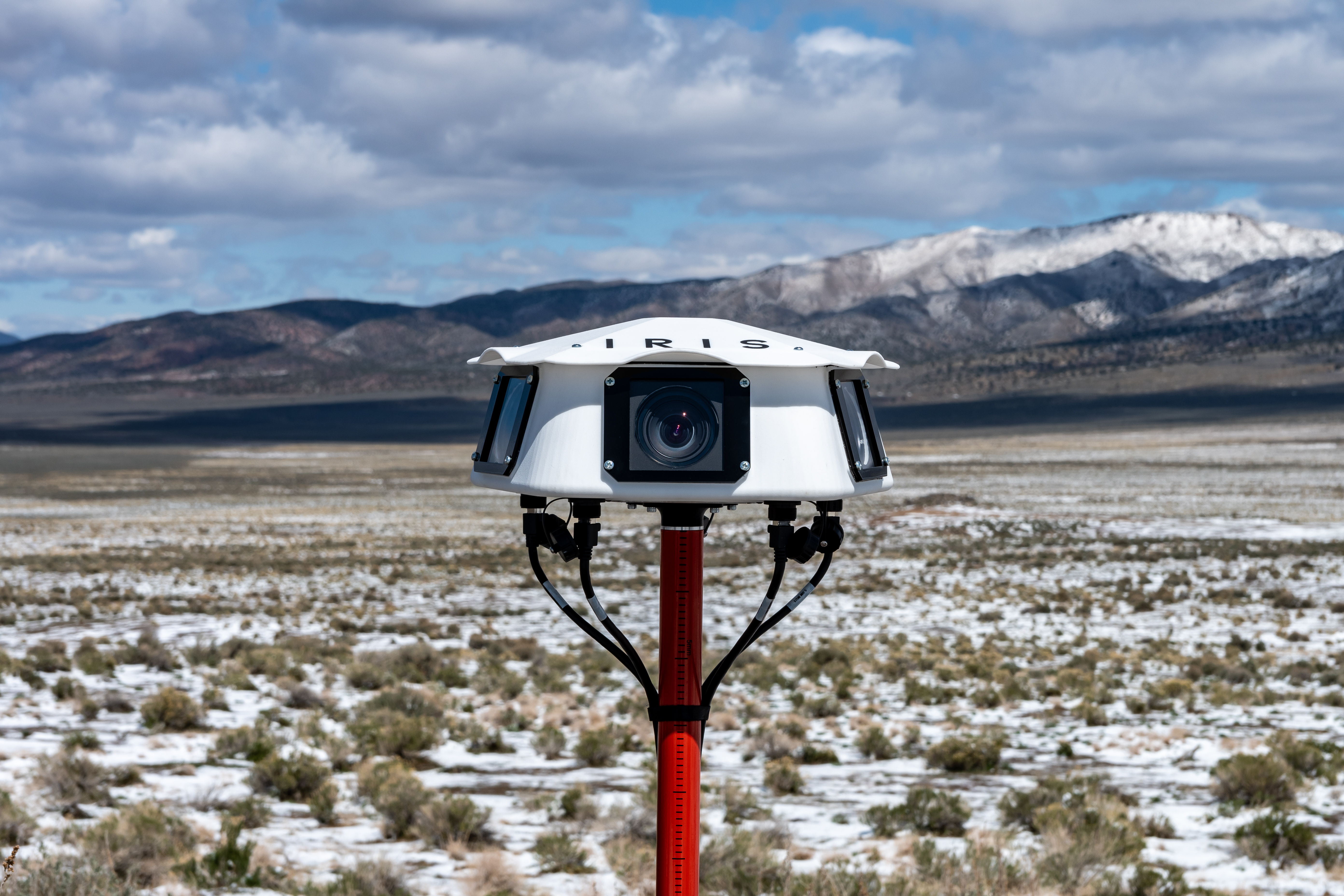
By Lori DeMatteis, Global Vice President of Customer Success, Iris Automation
Addressing the need for large-scale, safe uncrewed aviation, Iris Automation has announced the commercial availability of Casia G, a ground-based version of its detect and avoid (DAA) surveillance solution. Using the same patented AI and computer vision technology as Iris Automation’s onboard solutions (Casia X), it provides a full optical, 360-degree field of regard designed to detect, alert, and enable operators to avoid both co-operative and non-cooperative aircraft for safe Beyond Visual Line of Sight (BVLOS) flight. Casia G monitors the airspace in support of BVLOS and/or autonomous flight operations at fixed or temporary locations—all while reserving drone payload.
Ideal for operations in fixed or temporary locations, Casia G supports drone-in-the-box operations, augmenting or replacing human visual observers. Unlike difficult-to-configure ground-based radar—which requires an additional FCC approval—Casia G can be quickly set up and requires less power and infrastructure. Offering a detection range out to 1.5 miles, Casia G is simply mounted on the ground or a building, without the need to integrate onto an aircraft. This preserves payload for sensors or packages, ensuring a UAV remains under the FAA’s Part 107 55lb weight limit.
Improving on Human Vision
BVLOS flight for uncrewed systems has long been considered the holy grail of automatic flight, but getting unfettered access to airspace has been challenging, due to right of way concerns—specifically the inability for uncrewed aircraft to successfully see and avoid other aircraft. Part of that challenge is that the community, in general, has been looking for silver bullets that solve the whole problem.
Iris Automation has approached the BVLOS problem differently.
Even a human pilot in a cockpit does not "solve the whole problem," and is only a layer of risk mitigation that reduces the overall risk of a mid-air collision. Humans don’t see anything while flying in clouds, and our ability to see and avoid traffic at night is significantly degraded. Human vision covers a wide field of view, but not with uniform acuity. The human only has sufficient visual acuity to see airborne traffic within a ±5-degree field of view. We have to scan the sky, and, frankly, we are not very good at it.
The rest of our field of view is, at best, representative of the scene. We have a limited ability to sense movement, but no ability to see any level of detail—unless, of course, we turn our vision to stare in that direction. Hence the "Stare, Stop, Stare" method of scanning for traffic. Meanwhile, a human also has to aviate, navigate, and communicate.
In contrast, Casia G sees the entire sky, with uniform probability and resolution, ten times per second, without distractions or breaks, and no staring or stopping.
Casia G is designed to provide an operator with airspace awareness of cooperative and non-cooperative traffic in the vicinity of uncrewed aircraft operations at a price point that allows operators to fix their costs and enjoy lower per-flight costs as operations scale. Casia G also allows an operator to operate multiple, dissimilar types of aircraft within the coverage area, as no direct aircraft integration is required. In addition, there are no difficult or expensive integrations with aircraft systems, no consumption of valuable size, weight and power (SWaP) from the aircraft, and no required approvals from agencies other than the FAA.
WATCH: Casia Collision Avoidance System Detections
The Network Effect
The coverage area provided by Casia G can also easily be expanded simply by adding additional units in a mesh to create a network of detection nodes for large-area air-risk mitigation. One of the biggest economic benefits of small, uncrewed aircraft is the ability to simultaneously operate multiple drones using a single pilot. Similarly, as future networks of Casia G systems are deployed, a single feed of cooperative and non-cooperative air traffic will be available to an operator’s UTM system.
The Casia portfolio of products is a force multiplier for safety. Whether enabling autonomous flight or adding an additional layer of safety for piloted flight, it’s an extra level of surveillance to meet a critical need across aviation. Casia G offers an extremely scalable ground-based solution for times where onboard isn’t an option, or a fixed location needs to be surveyed, creating a safety zone ideal for a wide range of surveillance use cases. It’s a solution for airspace awareness that covers a large majority of small UAS use cases, but at a price point that is economically viable and without complex integration.
An Industry-Wide Approach
This approach provides a path to approvals for both larger area and one-to-many operations by enabling a holistic view of the airspace. Casia G has already obtained a BVLOS waiver on behalf of the City of Reno, and is in the process of testing additional deployment patterns and concepts of operation with the FAA.
We work closely with civil aviation authorities globally, as they implement regulatory frameworks ensuring BVLOS is conducted safely, partnering on multiple FAA ASSURE and BEYOND UAS Integration Programs, and Transport Canada's BVLOS Technology Demonstration Program. We also participated in the FAA’s recent ARC (Aviation Rulemaking Committee).
Iris Automation believes a significant amount of collaboration is required to bring routine BVLOS operations to uncrewed aircraft, and we have partnered with the following industry leaders on Casia G:
Kongsberg GeoSpatial. Integrated with Kongsberg Geospatial’s advanced situational awareness display tailored for the Casia G sensor. This will provide display of non-cooperative aircraft detection and alert UAS operators to intrusion into the Casia G area of surveillance. The Casia G display can provide a single user interface for a correlated airspace picture.
TruWeather. Integration with its micro weather climate technology to enable accurate weather conditions as part of flight planning and real time monitoring during flights.
Whitefox Defense. For customers operating drones remotely in and around sensitive infrastructure, situational awareness for both air risk and security require the ability to detect both non-cooperative drones and crewed aircraft. Combining solutions like the DroneFox anti-drone system with Casia G increases airspace situational awareness and enables immediate mitigation to be taken when necessary.
Iris Automation is a safety avionics technology company pioneering on and off board perception systems and aviation policy services that enable customers to build scalable operations for crewed and uncrewed aircraft; unlocking the potential of countless industries. Iris’ Casia system runs either onboard the aircraft or in a ground-based configuration.
